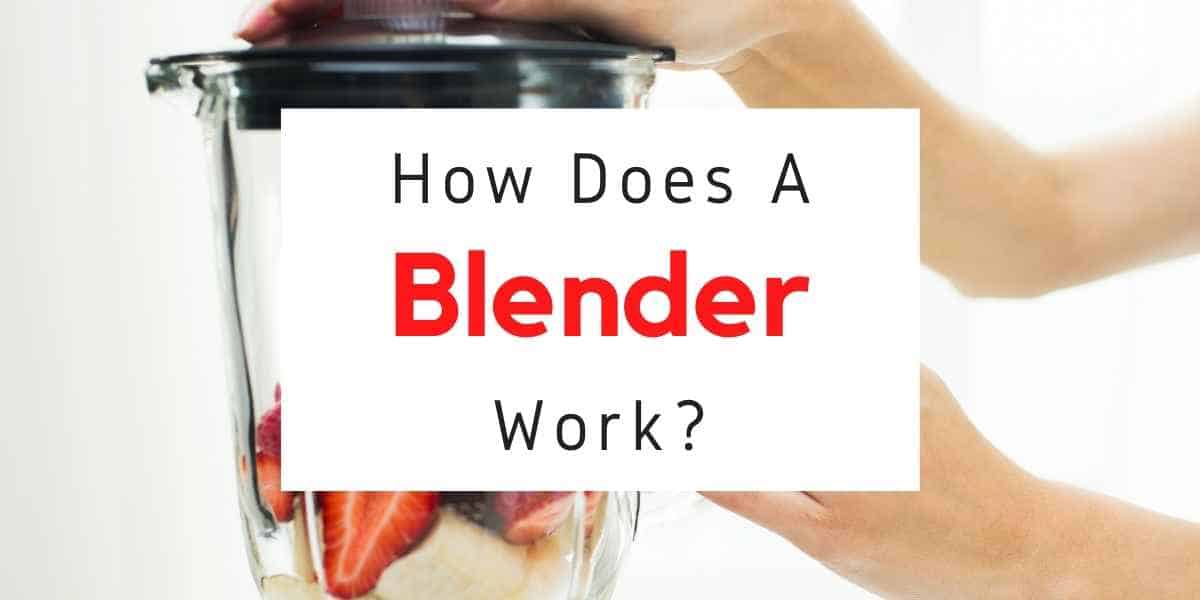Blenders are an important kitchen appliance for making all sorts of foods, from soups to smoothies.
With so many different blender brands available on the market today, it can be hard to determine which one is right for you and your family.
There are so many different features and settings that each model has within them!
It’s important for me to understand what these settings do because most of us need all the help we can get when it comes to making our lives easier!
The speed control on your blender will determine how well it can make these foods and the consistency in which they are made.
Let’s break down some of the different settings and controls you might find on a blender so that you can use them more effectively.
A Guide To Different Settings On A Countertop Blender

One of the many features that countertop blenders have is a control panel on their base and it gives you the option of selecting different settings.
You can choose from such things as mixing, pureeing, stirring, chopping, liquefying, and more.
Choosing one of these will help you successfully combine recipes with ingredients like tuna or chicken for example.
1. Mix – When you’re making a dish that includes tuna or chicken, the Mix setting can be helpful.
2. Puree – The Puree setting is perfect for those who want to make a well-blended soup recipe since this setting can help eliminate any vegetable chunks.
3. Stir – Want to make the best milkshakes and smoothies ever? Then use the Stir setting! It will mix your ingredients thoroughly while giving it a thicker texture.
4. Chop – The Chop setting is perfect for chopping any fruits or vegetables you need to make soup, casserole, fruit salad, salsa, and more.
5. Liquefy – You’ll be able to enjoy your smoothies in the form of a drink, thanks to this setting.
Here’s a detailed post about the working of a blender.
What Is The Use Of Different Blender Speeds?
The best blenders on the market for any type of food are those with adjustable speeds.
1. For example, you might want a high speed to liquify your soup gradually, but then lower speeds to make sure you don’t end up with a total mushy mess. This is because some foods start to break down and lose their shape when they’re blended too much. With these features in mind, it’s easy to see why having four or more speeds is the best way to go!
2. It’s important to know that the engine in a blender is not designed for free blending. It expects resistance from food, and quickly gets damaged if it doesn’t have any. You’ll want to pulse the blender before you crank up the speed for big or tough things, and if you’re making a smoothie that’s got bananas in it, don’t forget to peel them first.
Different Speed Settings On A Blender
Fast – If you want to mix liquids quickly, then use the “fast” setting. This is because it will stir up the liquid and give you an even texture. However, this speed isn’t ideal for grinding hard ingredients because it’s too fast for them. It’s intended for softer ingredients such as pastes or pureeing vegetables.
Medium – The Medium speed is perfect for when you want a coarser, rougher texture. You can use it to chop vegetables and even dice nuts into smaller pieces. This setting also prevents nuts from turning into a paste and leaving them with an almost powdery consistency.
Low – The Low setting is best for grinding ingredients. It’s perfect for when you want to produce a paste or if you need to mix liquids and solids systematically. This speed also gives you a soft, smooth texture that is perfect for certain dishes!
Pulse – Pulsing is perfect for quickly mixing ingredients. The downside, though, is that it can’t be used for more than a few seconds before the blender shuts off automatically. If you’re only looking to crush something like ice and don’t need full ingredient blending, then this setting will work just fine!
Tips To Use Different Blender Settings
1. Blend on high speed for a short time.
2. Blend on low speed for a long time.
3. Use pulse to chop food into smaller pieces or to break up ice cubes.
4. Add liquids before blending, and use the tamper to help push ingredients down into the blades.
Related Read: Vitamix Blender Settings
Conclusion
Blenders are an excellent way to create smoothies with ease.
But, in order to achieve the perfect texture, you need to know which blender settings work best for specific ingredients.
I hope this article has shown you which setting works best for what type of ingredients!



